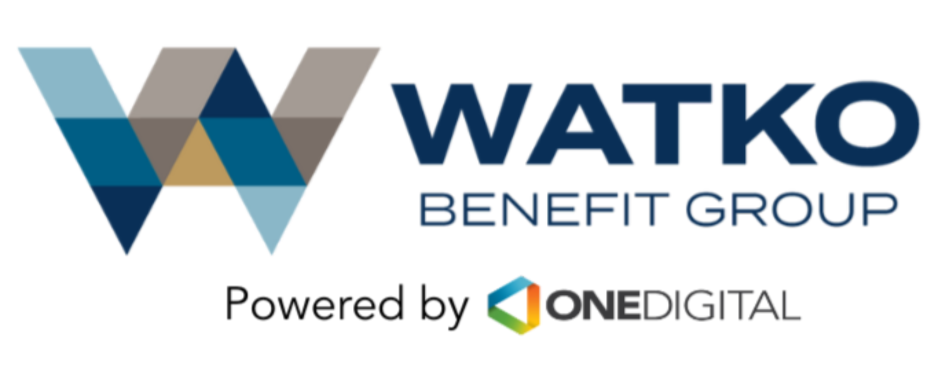By Dr. Miles Varn
September 14, 2020 11:01 AM
Even before the COVID-19 pandemic forced many employers to switch from a mostly onsite workforce to a remote or dispersed workforce, employers were faced with effectively and consistently communicating benefits to employees who were located in different locations, whether that meant offices in different cities or countries; work from home employees; employees working in warehouses, factories, and distribution centers; or employees working at different branches of retail or service businesses.
This communication is important because when employees are unaware of what benefits are available or don’t know how to access their benefits, utilization can drop significantly, so neither employees nor employers are getting value from the benefit offerings. In addition, when employees aren’t using or aware of their benefits, satisfaction with employers decline, which can impact both productivity and retention.
The goal is to both effectively and continuously communicate with employees and build awareness and understanding of available benefits, not just during open enrollment, but all year long. Of course, each communication strategy will be shaped by the organization’s culture, but there are several tools that employers should consider including in their benefits communication toolkit.
1. Diversify your benefits communication tools
Before developing your benefits communications plan, determine how employees prefer to receive this information by surveying them. In most organizations, there will be several different approaches that appeal to employees because of differences in employee ages, locations (office vs. warehouse or delivery truck), and comfort level with technology.
In the past, standard benefits communications were printed materials that were either distributed at work or mailed home. And while this tool is still effective and gives employees something they can use as a reference throughout the year, there are several other tools that employers should consider using to reach their diverse employee audiences.
2. Dedicated benefits websites and/or mobile apps broaden access to information
Unlike printed materials, with an online benefits site and mobile app employees can access the content wherever they are, whenever they want, and employers can update the information frequently without incurring printing costs. The site can also serve as a convenient way for employees to ask benefits questions, which can be answered by email from an HR team member, a benefits vendor’s support team or for simple, frequently asked questions, by a chatbot.
3. Email or text?
Employers will most likely need to include both emails and texts in their plans, but these tools may be used in different ways and with different audiences. For example, texts are a good way to reach employees who are younger or more tech savvy as well as those who are on the road a great deal or don’t work at a desk. These messages will be shorter and will focus on prompting employees to take specific actions, such as enrolling in benefits, updating beneficiaries or submitting receipts for reimbursement under an FSA, HSA, or HRA. They can also be used to remind employees about underutilized benefits to drive participation.
Emails can communicate more detailed information and directly link employees to benefits websites and other resources. However, emails should be kept as succinct as possible to ensure that employees are not overwhelmed with information and skip reading the communication.
4. Open channels for two-way communication
Providing benefits information to employees is only one part of the communication equation. Employees also need frequent opportunities to ask questions and share their thoughts on what they want and need from their benefits plan. That can be harder to make happen for a dispersed workforce, but video-based webinars, town hall meetings and “ask me anything” sessions with members of the benefits team can be effective approaches.
To ensure everyone has access to information regardless of location or job type there should be multiple sessions for different time zones and schedules, and the sessions should be recorded, posted on the company employee site and include the opportunity to email or text in questions for employees who cannot attend a live event.
5. Try out-of-the-box communication tools to engage employees
In addition to more traditional communication tools, consider trying different formats that make information more digestible and engaging, such as quizzes, polls, short videos, infographics and storytelling. The goal is to keep employees interested in what their benefits offer and what’s new to help them get the most out of their plans.




